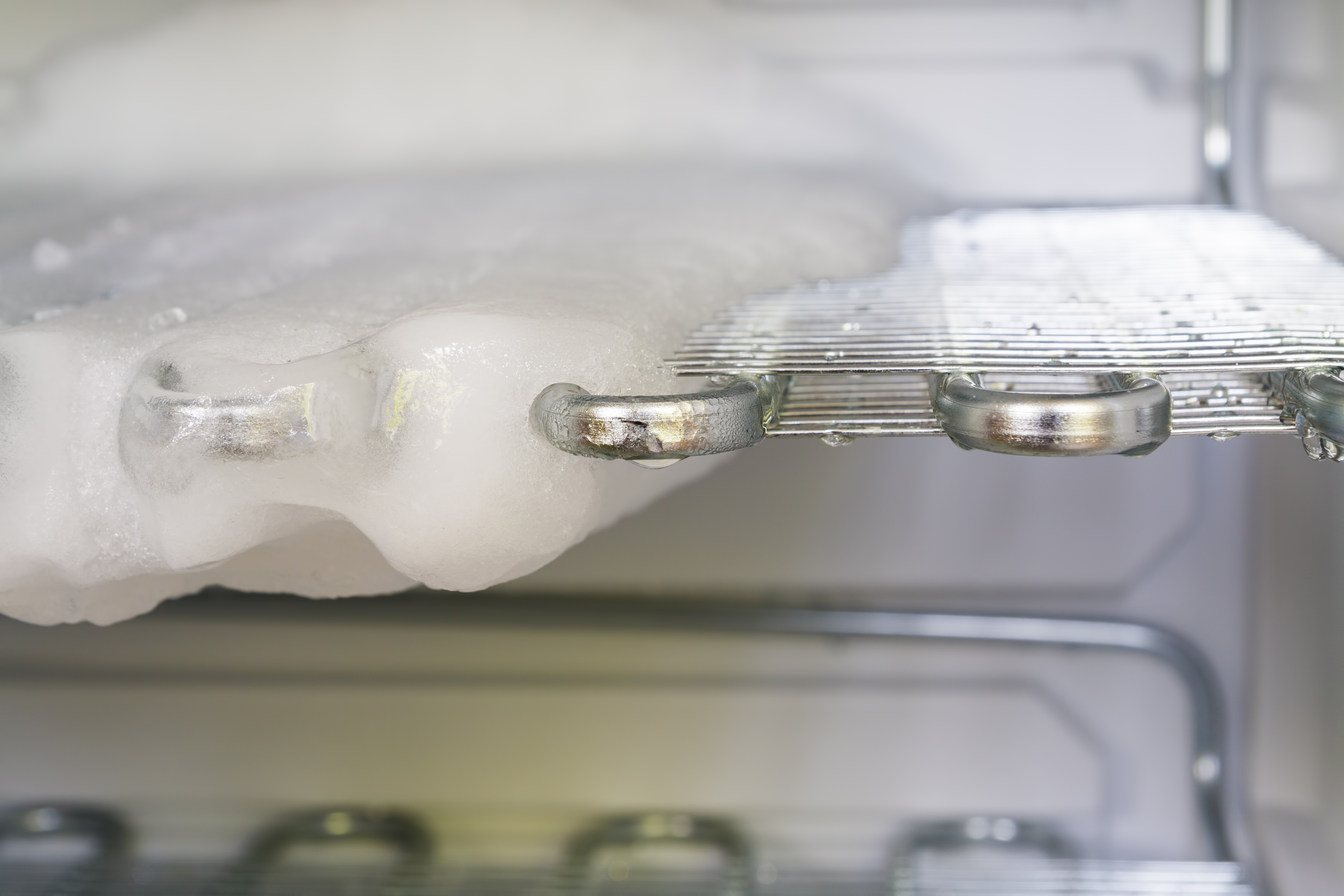

Articles
How Long To Defrost Refrigerator
Modified: March 20, 2024
Discover the quickest and safest methods to defrost your refrigerator with our informative articles. Save time and ensure food safety.
(Many of the links in this article redirect to a specific reviewed product. Your purchase of these products through affiliate links helps to generate commission for Storables.com, at no extra cost. Learn more)
Introduction
Defrosting a refrigerator is an essential maintenance task that ensures optimal performance and longevity of the appliance. Over time, ice can build up in the freezer compartment, hindering proper cooling and airflow. This can result in decreased efficiency, increased energy consumption, and potential damage to the refrigerator’s components.
But how long does it take to defrost a refrigerator? The answer to this question depends on various factors, such as the size of the freezer compartment, the thickness of the ice buildup, and the chosen defrosting method. In this article, we will explore these factors and provide a comprehensive guide to help you determine how long it will take to defrost your refrigerator.
Let’s dive in and explore the key factors that can affect the defrosting time:
Key Takeaways:
- Defrosting a refrigerator can take anywhere from a few hours to a full day, depending on factors like ice buildup, appliance size, and chosen method. Manual defrosting requires patience, while automatic defrosting is more convenient.
- To speed up the defrosting process, use tips like planning ahead, using a fan, and avoiding sharp objects. Regular maintenance and following manufacturer’s instructions are crucial for efficient defrosting and prolonging the refrigerator’s lifespan.
Read more: How To Defrost Samsung Refrigerator
Factors Affecting Defrosting Time
When it comes to defrosting a refrigerator, several factors can impact the overall time it takes to complete the process. Understanding these factors will help you plan your defrosting and make the necessary preparations. Here are the key factors that can affect defrosting time:
- Ice buildup: The thickness of the ice buildup in the freezer compartment plays a significant role in determining the defrosting time. The thicker the ice, the longer it will take for it to melt completely. If you notice a thick layer of ice, be prepared for a longer defrosting process.
- Room temperature: The ambient temperature in the room where the refrigerator is located can also impact defrosting time. Warmer temperatures will expedite the melting process, while cooler temperatures may slow it down. However, it’s important to note that you should not use any external heating sources to speed up defrosting, as it can damage the refrigerator.
- Appliance size: The size of your refrigerator and freezer compartment can influence the defrosting time. Larger appliances generally have more space for ice to accumulate, resulting in a longer defrosting process. Smaller refrigerators may defrost faster due to their smaller size and ice buildup.
- Defrosting method: The chosen defrosting method can significantly affect the overall defrosting time. There are two common methods for defrosting a refrigerator: manual defrosting and automatic defrosting. We will discuss these methods in detail in the next sections.
Considering these factors will give you a better understanding of what to expect when defrosting your refrigerator. Let’s now explore the two main methods of defrosting and their respective timeframes.
Method 1: Manual Defrosting
Manual defrosting is the traditional and most common method of removing ice buildup from a refrigerator. This method requires time, patience, and some manual effort. Here’s a step-by-step guide on how to manually defrost your refrigerator:
- Prepare for defrosting: Start by emptying the freezer compartment and transferring the food items to a cooler or another freezer if available. It’s important to consume or discard any perishable items to prevent spoilage during the defrosting process.
- Unplug the refrigerator: To ensure safety and conserve energy, unplug the refrigerator from the power source. This will also prevent any accidental activation of the cooling system while defrosting.
- Allow the ice to melt: Leave the refrigerator door open, allowing the ice to melt naturally. Placing towels or absorbent materials around the refrigerator can help collect excess water and prevent any potential damage to the surrounding area.
- Assist the melting process: To speed up the melting process, you can place bowls of hot water inside the freezer compartment. The steam generated will accelerate the ice melting. Avoid using any sharp objects or tools to chip away at the ice, as this can damage the refrigerator’s interior.
- Clean and dry: Once all the ice has melted, use a sponge or cloth to wipe down the interior of the refrigerator. Remove any water or moisture, ensuring that the appliance is completely dry before plugging it back in.
- Plug in and restock: Once the refrigerator is dry, plug it back into the power source and allow it to cool down for a few hours before restocking it with food items. This will ensure that the refrigerator reaches the desired temperature for proper food preservation.
The duration of manual defrosting can vary depending on the factors mentioned earlier. Typically, manual defrosting can take anywhere from a few hours to a full day, depending on the thickness of the ice buildup. It’s important to monitor the progress and ensure that all the ice has completely melted before restocking the refrigerator.
Now, let’s move on to a more convenient alternative: automatic defrosting.
To defrost a refrigerator, turn it off and let the ice melt naturally. Place towels around the base to catch water and speed up the process with a bowl of hot water inside. Avoid using sharp objects to chip away ice, as this can damage the appliance.
Method 2: Automatic Defrosting
Automatic defrosting is a more convenient method that is commonly found in modern refrigerators. This feature eliminates the need for manual intervention and helps maintain optimal performance without ice buildup. Here’s how automatic defrosting works:
- Understand the automatic defrost cycle: Automatic defrosting utilizes a built-in heating element and a defrost timer or sensor. The defrost cycle is programmed to activate periodically, typically every 6 to 12 hours, depending on the refrigerator model. During the defrost cycle, the heating element heats up, causing the ice to melt.
- No need to remove food items: Unlike manual defrosting, automatic defrosting allows you to keep food items in the freezer compartment. The heating element ensures that the ice buildup melts without affecting the stored food.
- Water drainage system: To handle the water generated during the automatic defrost cycle, modern refrigerators come equipped with a water drainage system. The melted ice flows into a drain pan located at the back of the refrigerator. From there, the water evaporates naturally or can be manually emptied if necessary.
The duration of automatic defrosting varies depending on the refrigerator model and the ice buildup. Typically, the defrost cycle lasts for about 20 to 30 minutes, during which the ice melts. However, it’s important to note that the defrost cycle itself does not completely defrost the freezer compartment. Instead, it prevents the excessive buildup of ice, ensuring proper cooling and airflow.
If you have an automatic defrosting refrigerator, make sure to follow the manufacturer’s instructions regarding maintenance and care. Regularly cleaning the drain pan and checking for any obstructions in the drainage system will help ensure proper functioning.
Now that we have explored both manual and automatic defrosting methods, let’s move on to some tips to help you speed up the defrosting process.
Tips for Faster Defrosting
If you’re looking to expedite the defrosting process and minimize the downtime of your refrigerator, here are some helpful tips:
- Plan ahead: Schedule your defrosting when you don’t need to access the refrigerator frequently or when you have alternative cooling options available. This will give you ample time to complete the defrosting without causing inconvenience.
- Use a fan: Placing a fan near the freezer compartment can help circulate the air and accelerate the melting process. The increased airflow facilitates the transfer of heat, leading to faster ice melting.
- Hot water method: To speed up the melting of ice, you can place containers of hot water inside the freezer compartment instead of just relying on room temperature. Be cautious while handling hot water to prevent any accidental burns.
- Do not use sharp objects: Avoid using sharp objects, knives, or other tools to chip away at the ice. This can not only damage the interior of the refrigerator but also pose a safety risk. It’s best to let the ice melt naturally.
- Deactivate the cooling system: Some refrigerators have a specific setting that allows you to deactivate the cooling system during the defrosting process. Follow the manufacturer’s instructions to utilize this feature if available.
- Regular maintenance: To prevent excessive ice buildup and ensure efficient defrosting, it’s crucial to regularly clean and maintain your refrigerator. Regularly check and clean the door gaskets, as a tight seal helps minimize the entry of humid air and subsequent ice formation.
By following these tips, you can help expedite the defrosting process and reduce the overall time required to get your refrigerator back up and running.
Now, let’s summarize the key points discussed in this article.
Read more: How Long To Defrost A Freezer
Conclusion
Defrosting your refrigerator is an important maintenance task that ensures optimal performance and longevity of the appliance. The time it takes to defrost a refrigerator can vary depending on several factors, including the thickness of the ice buildup, the size of the appliance, and the chosen defrosting method.
Manual defrosting, the traditional method, requires time, effort, and patience. It involves emptying the freezer compartment, allowing the ice to melt naturally, and cleaning the interior before plugging the refrigerator back in. The duration of manual defrosting can range from a few hours to a full day, depending on the thickness of the ice buildup.
On the other hand, modern refrigerators often come with an automatic defrosting feature. This convenient method utilizes a built-in heating element and a defrost cycle to melt the ice buildup. Automatic defrosting allows you to keep food items in the freezer compartment and typically takes about 20 to 30 minutes per defrost cycle.
To speed up the defrosting process, you can follow some helpful tips such as using a fan to increase airflow, placing containers of hot water in the freezer compartment, and avoiding the use of sharp objects to chip away ice. Additionally, regular maintenance, including cleaning the refrigerator and ensuring proper door gasket seals, can help prevent excessive ice buildup and facilitate efficient defrosting.
Remember to always follow the manufacturer’s instructions regarding defrosting and maintenance. This will ensure that you defrost your refrigerator safely and effectively, allowing it to continue to keep your food fresh for years to come.
By understanding the factors affecting defrosting time and implementing the appropriate defrosting method and tips, you can successfully and efficiently defrost your refrigerator, keeping it in optimal condition and prolonging its lifespan.
Frequently Asked Questions about How Long To Defrost Refrigerator
Was this page helpful?
At Storables.com, we guarantee accurate and reliable information. Our content, validated by Expert Board Contributors, is crafted following stringent Editorial Policies. We're committed to providing you with well-researched, expert-backed insights for all your informational needs.
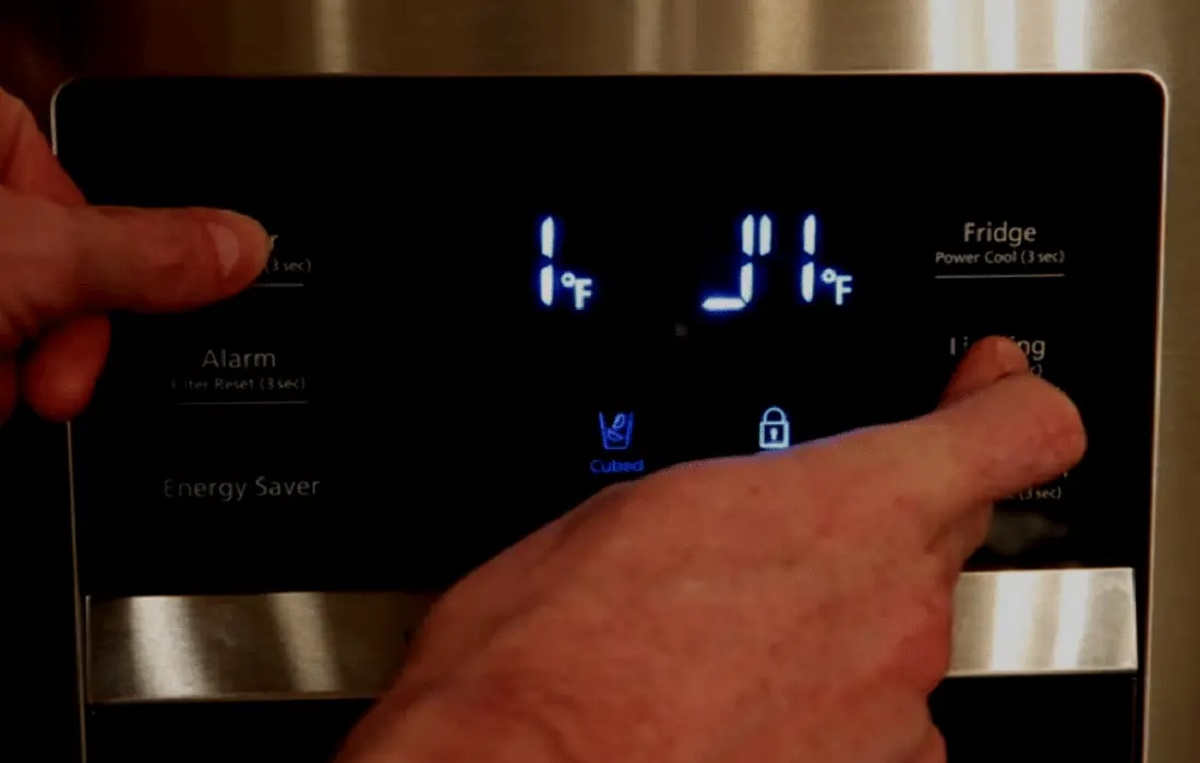
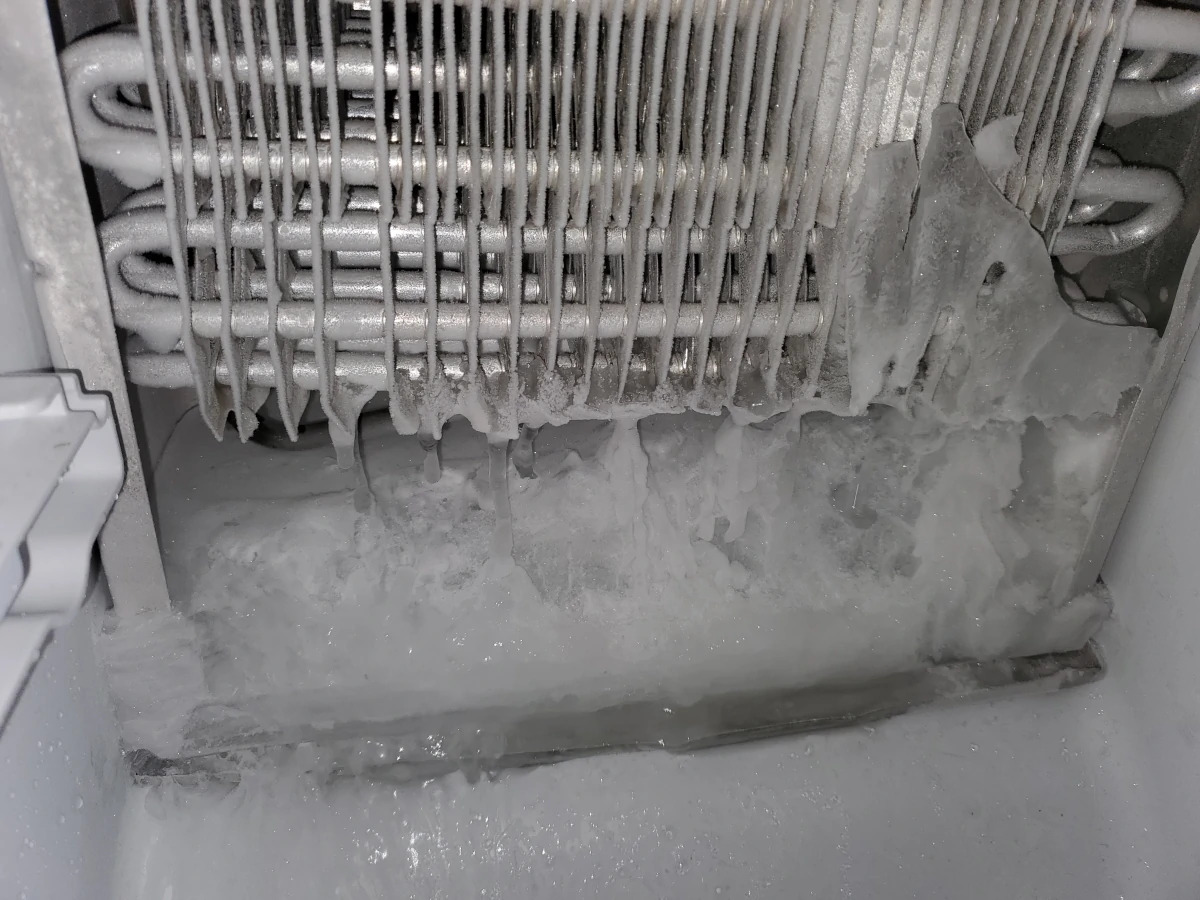
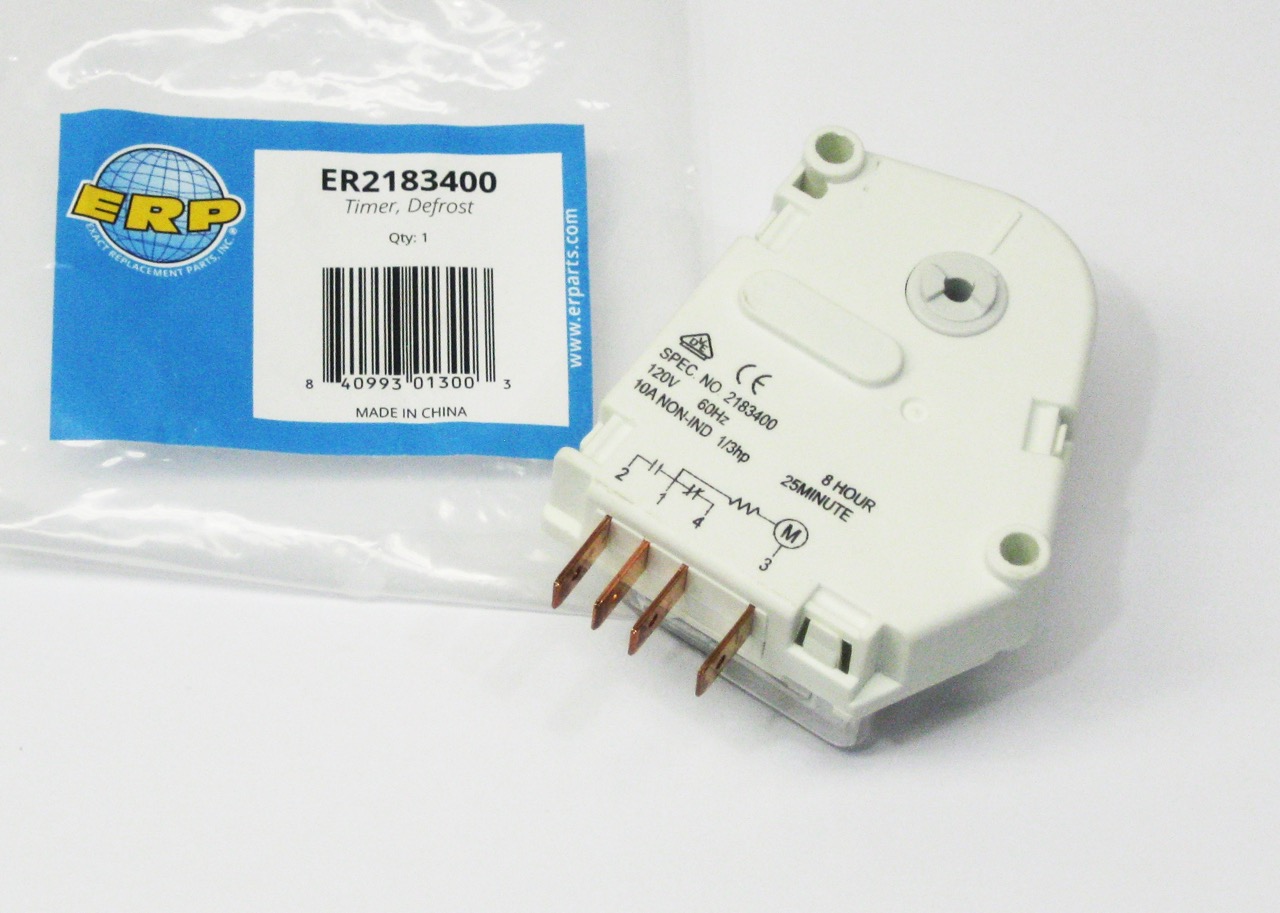
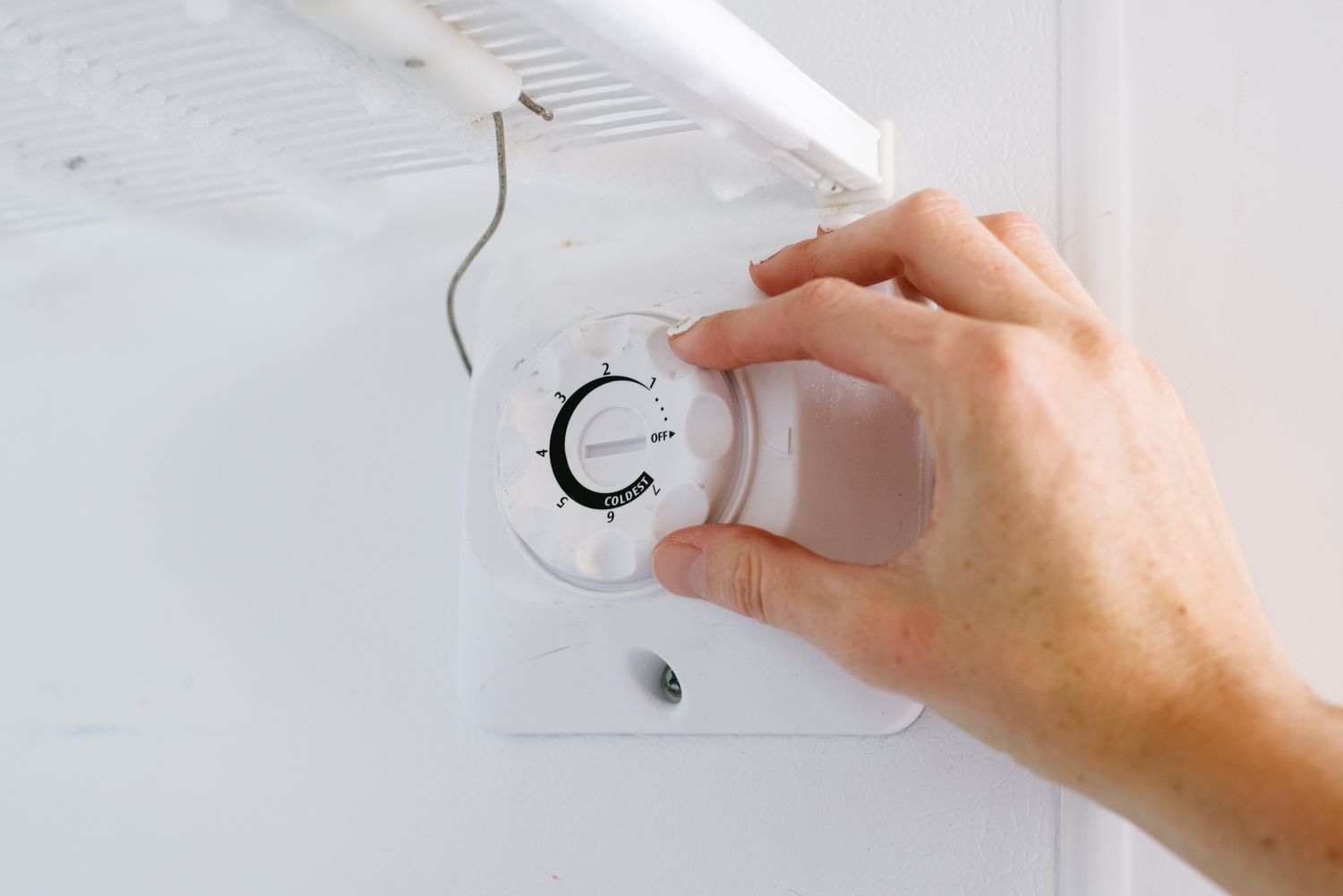
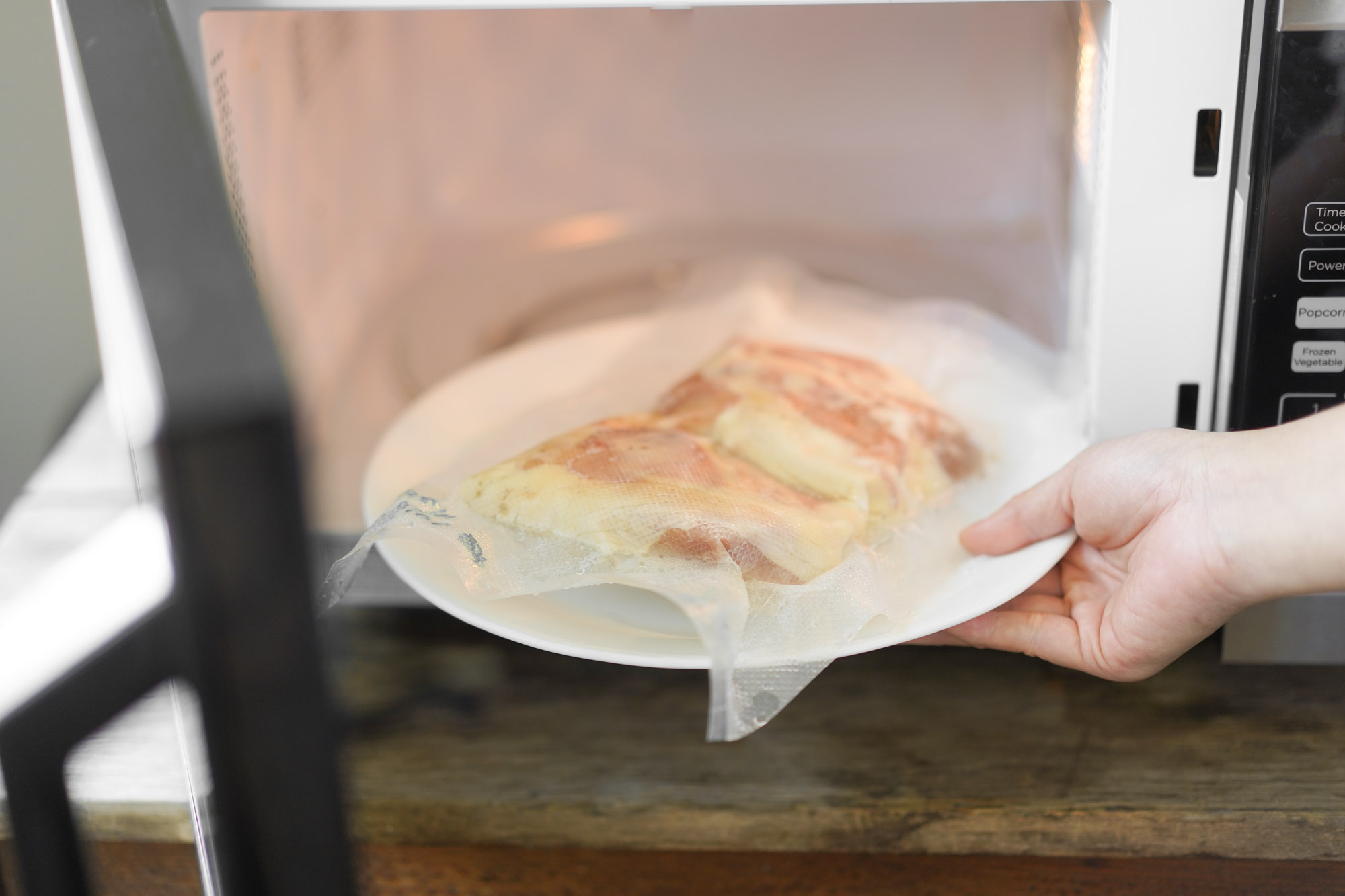
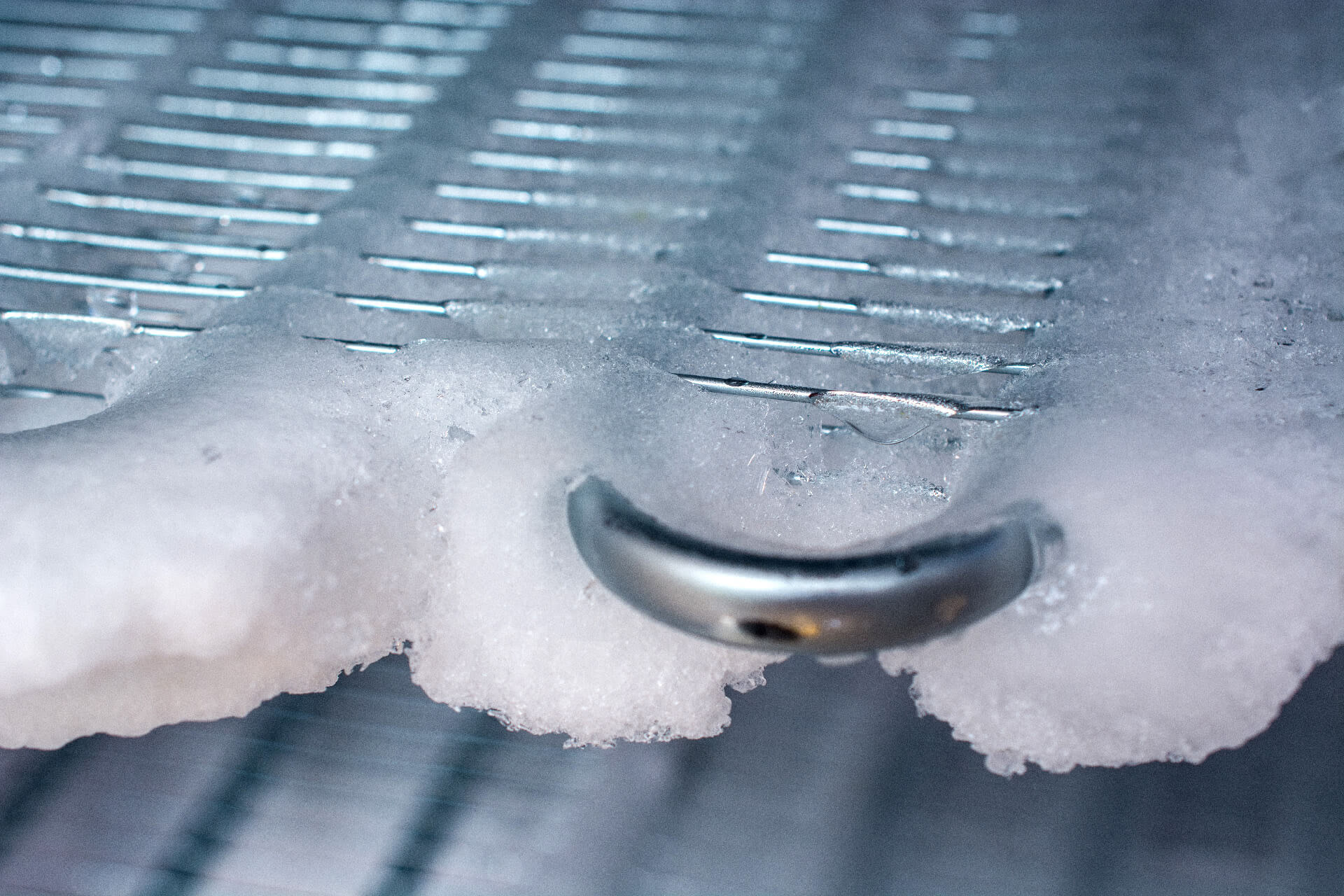
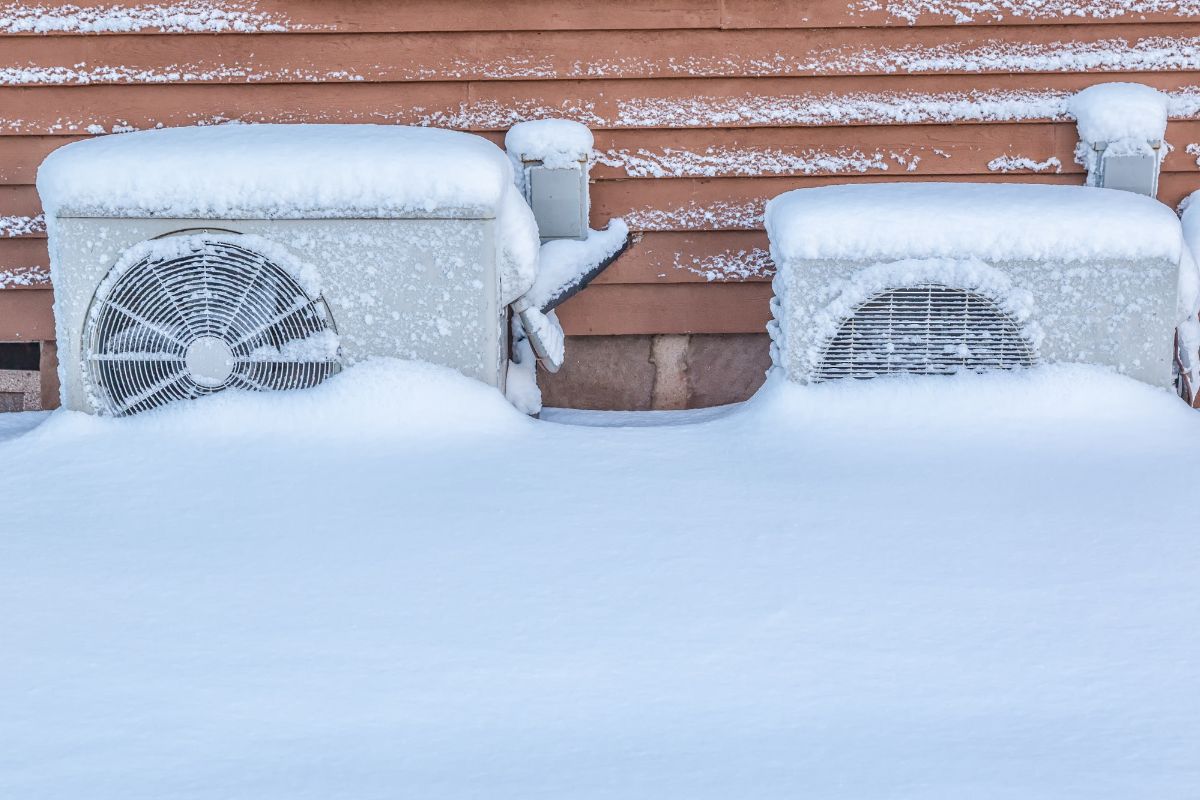
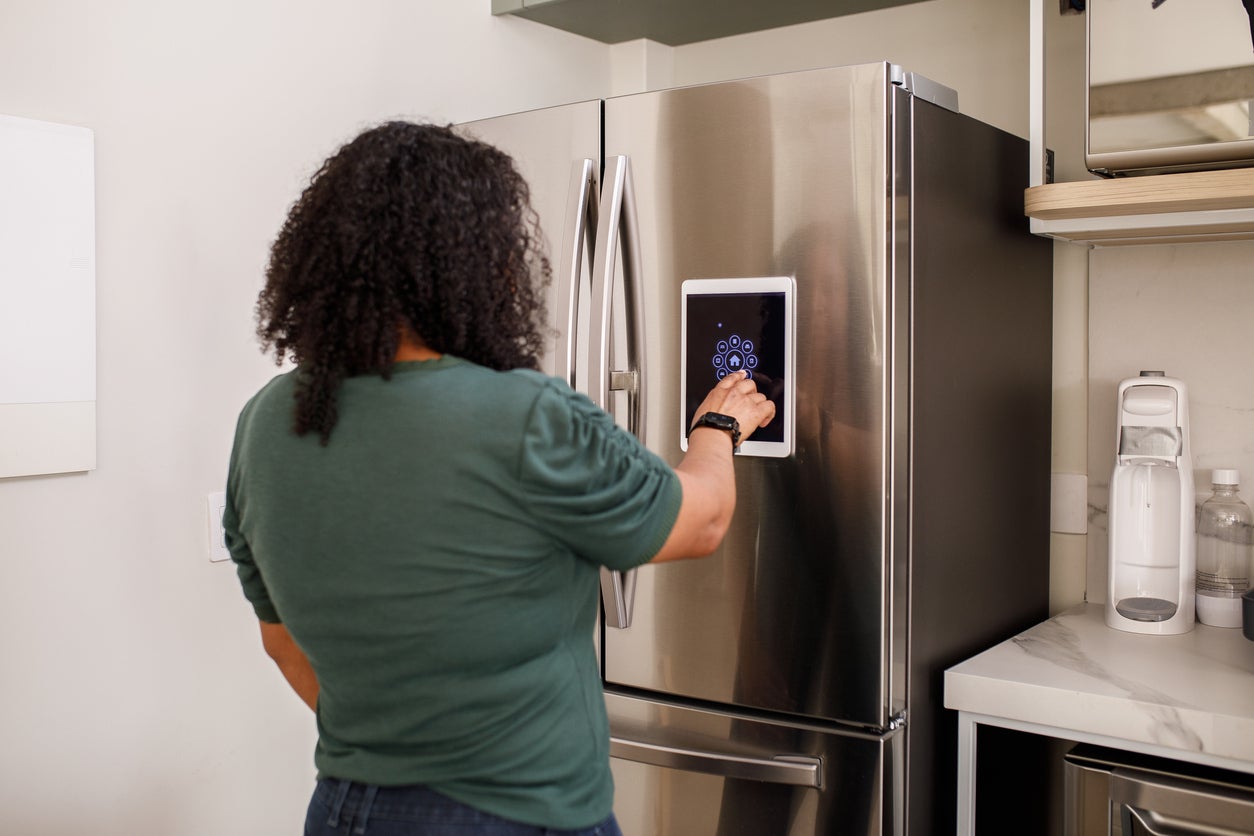
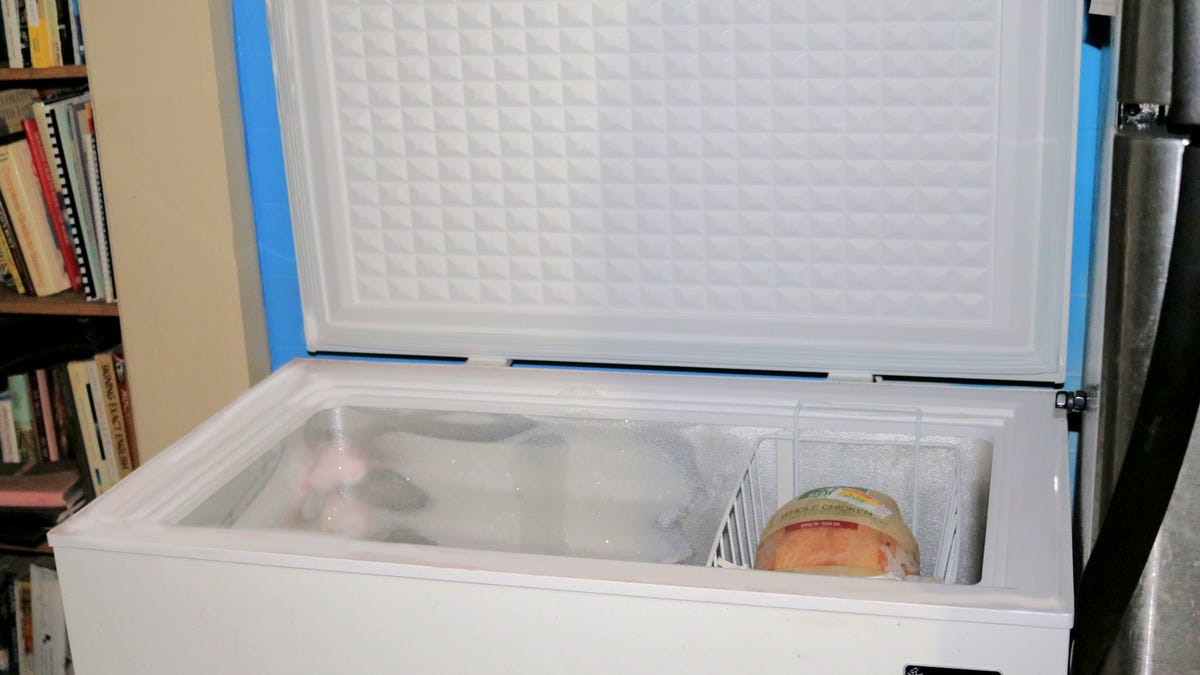
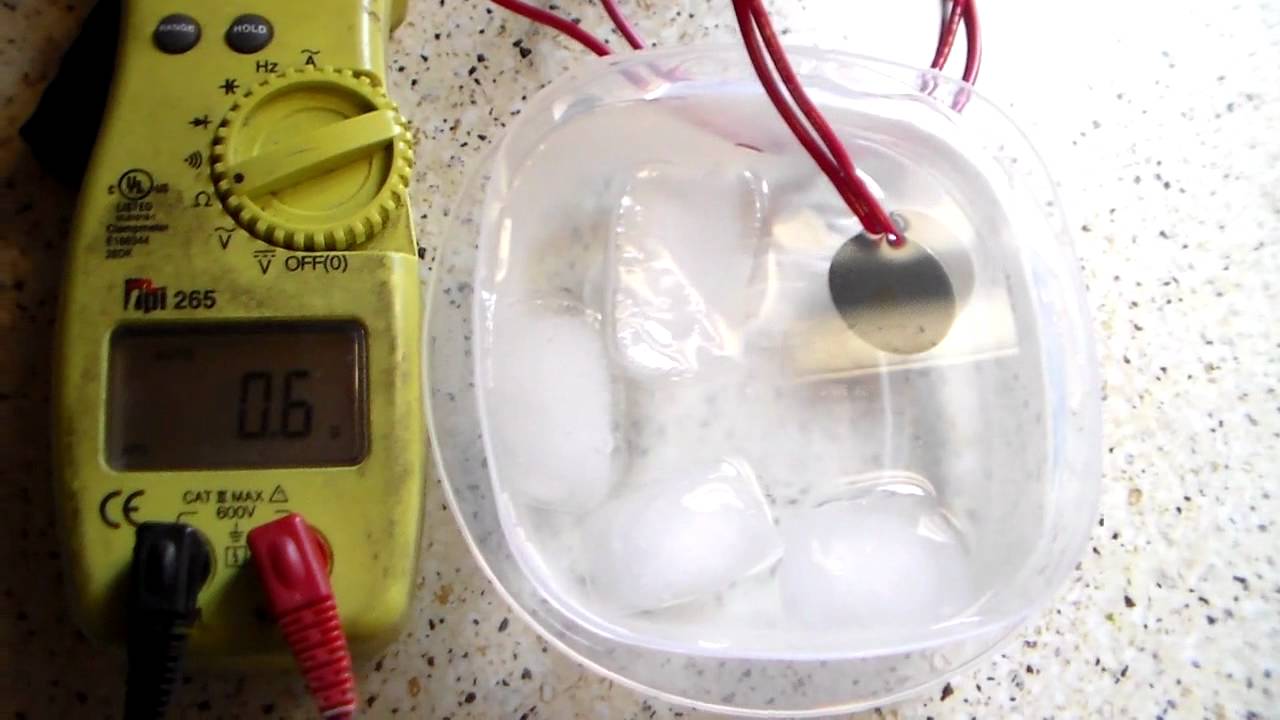
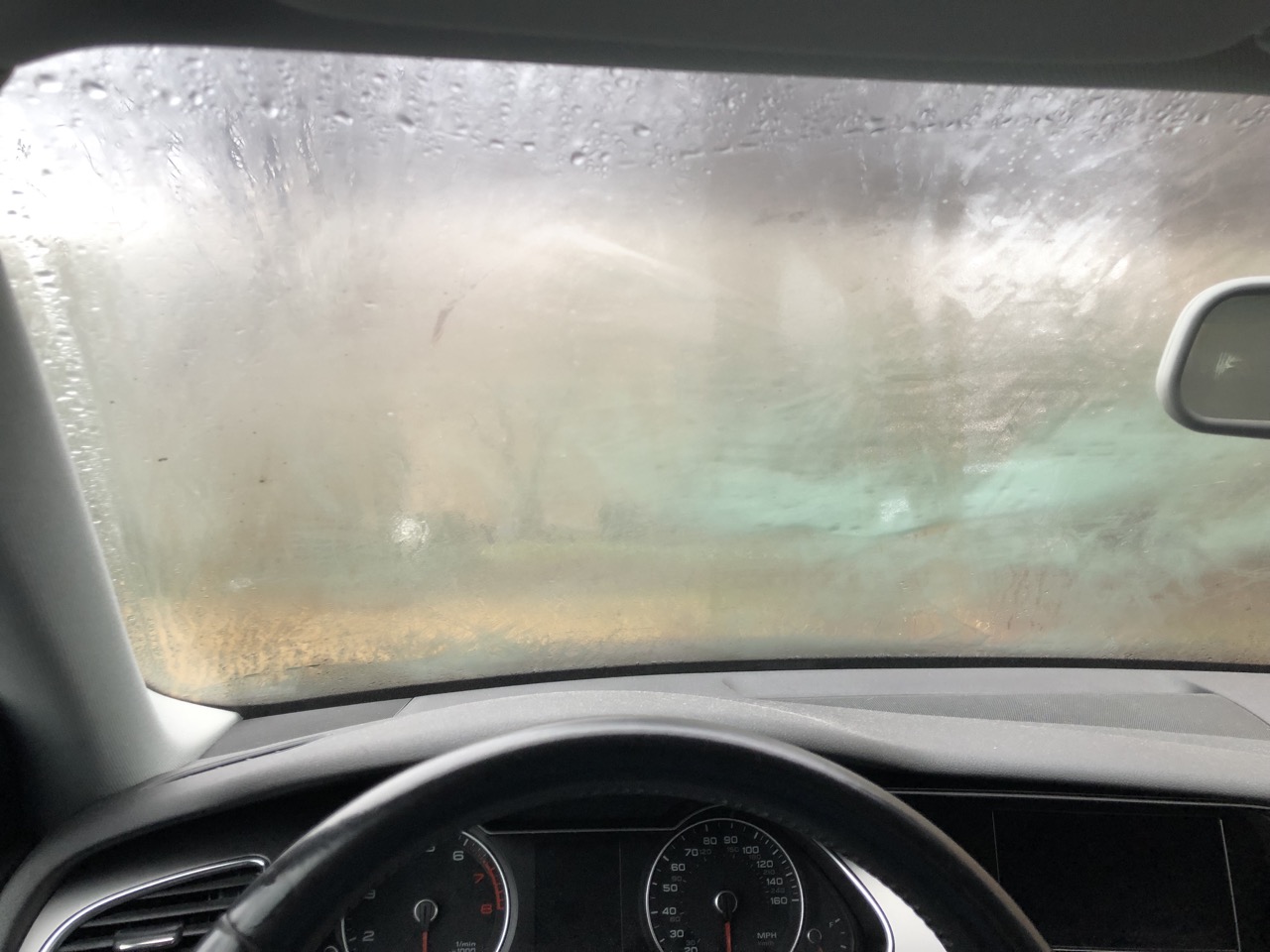
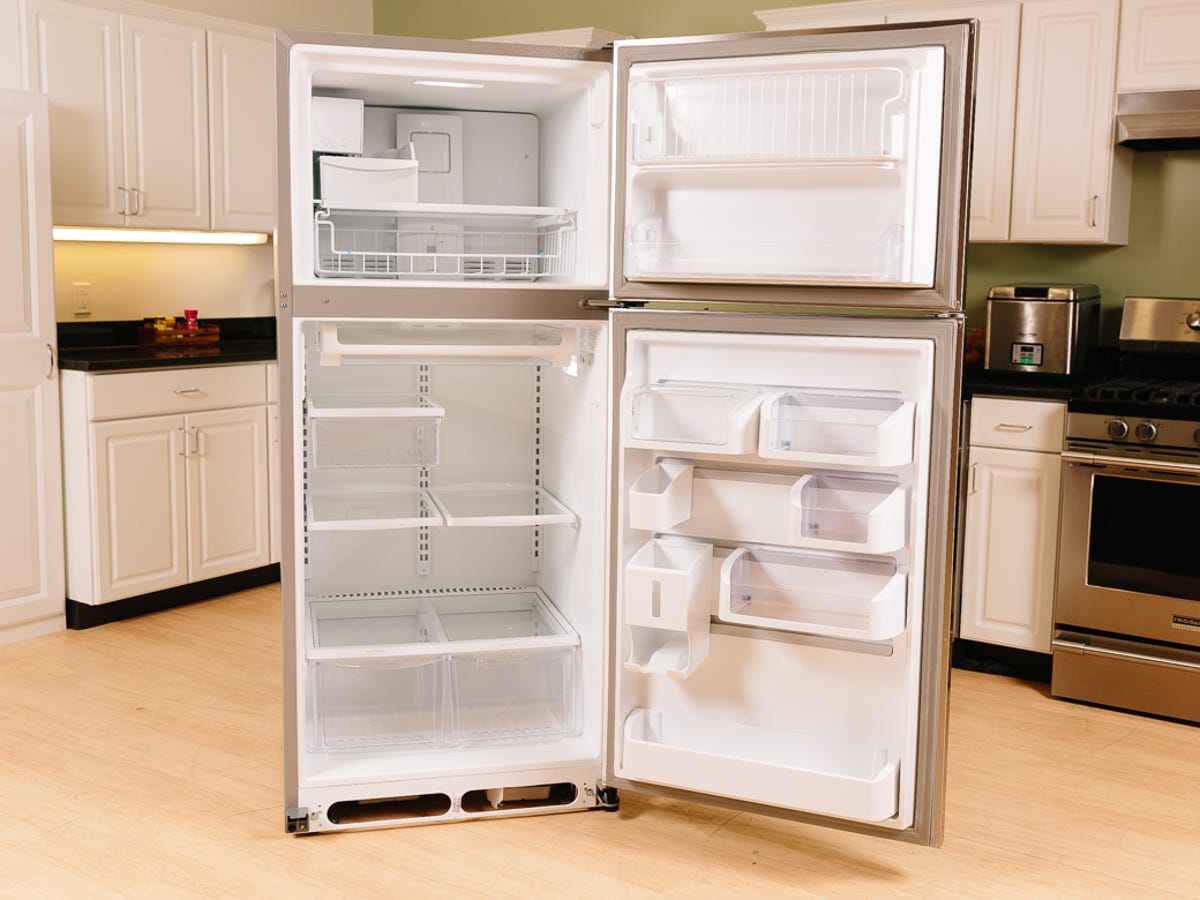
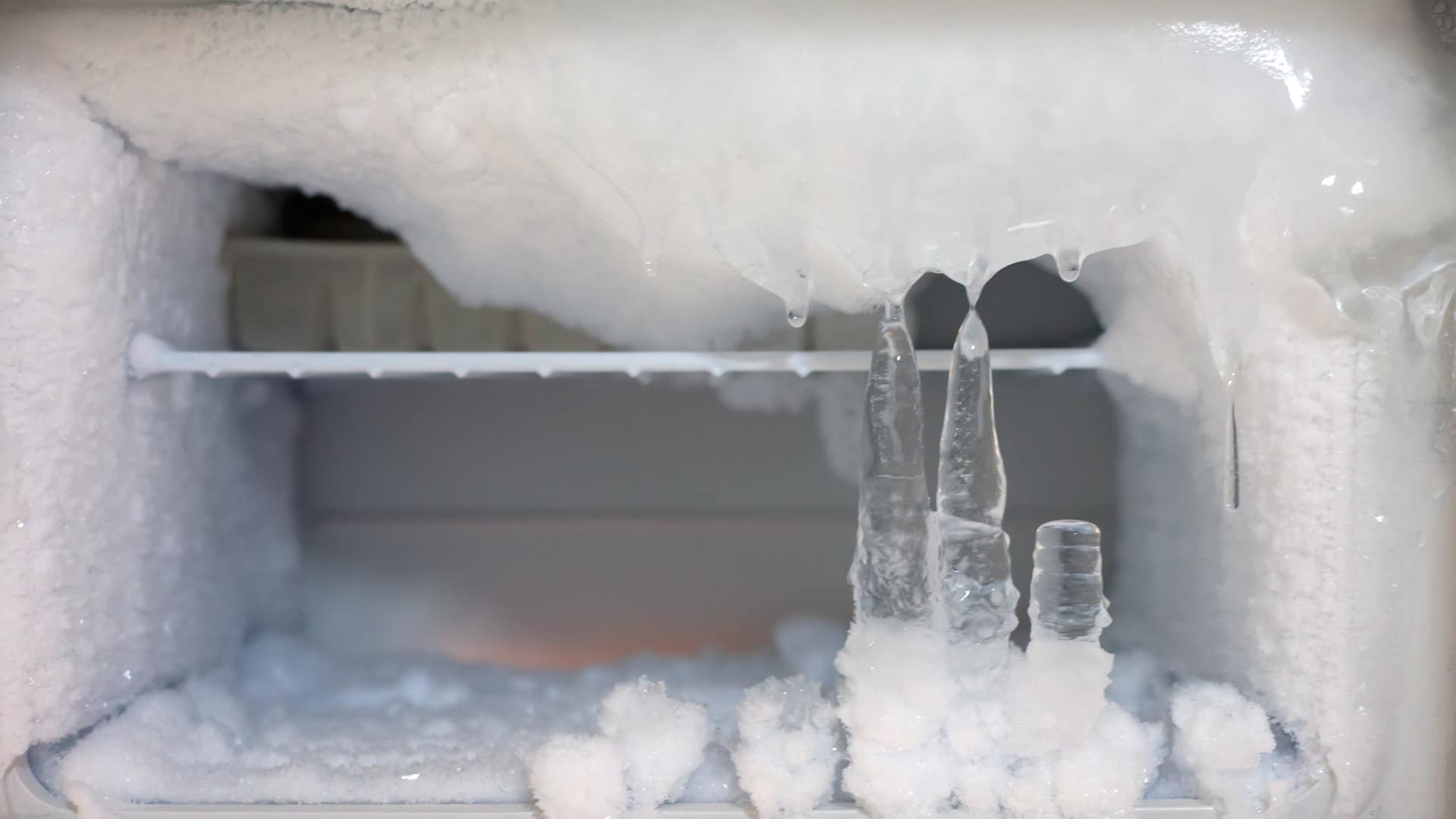
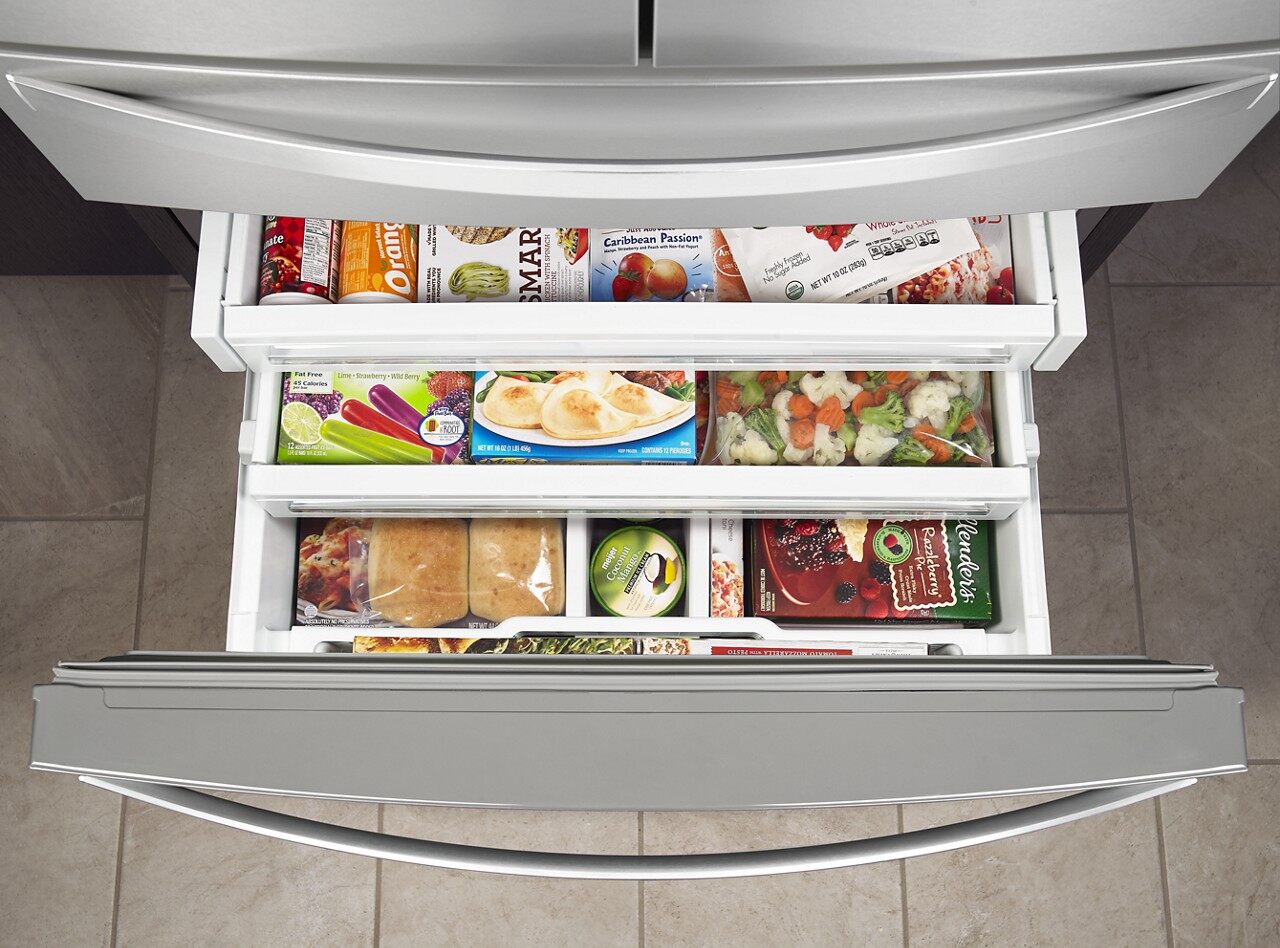

0 thoughts on “How Long To Defrost Refrigerator”